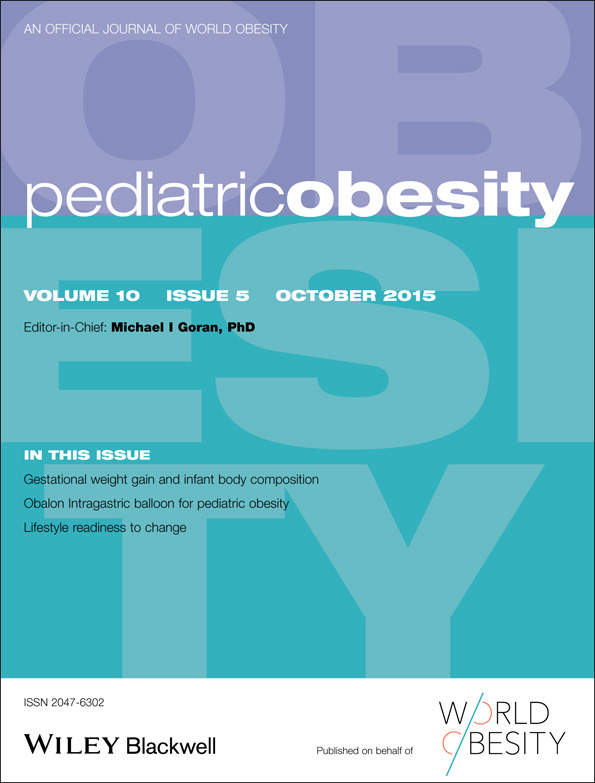Evaluation of DXA vs. MRI for body composition measures in 1-month olds
Summary
Background
Detailed measures of infant body composition are needed for understanding the impact of genes and environment on growth early in life.
Objective
The purpose of this study was to compare the accuracy and bias of body composition in infants.
Methods
Dual energy X-ray absorptiometry (DXA) and magnetic resonance imaging (MRI) were used to determine body composition and the trunk depot. The depots measured were total fat mass (FM), total fat-free mass (FFM) and trunk FM and FFM using DXA and MRI in 14 infants.
Results
None of the regression lines between DXA and MRI significantly deviate from the line of identity for any of the depots studied. However, Bland–Altman analyses revealed bias for trunk FM and trunk FFM.
Conclusion
Our data showed DXA to be accurate (regression not significantly deviating from the line of identity), with high agreement (indicated by high R2) and without bias (non-significant Bland–Altman) when estimating total FM and FFM. This could not be said for trunk estimates.




